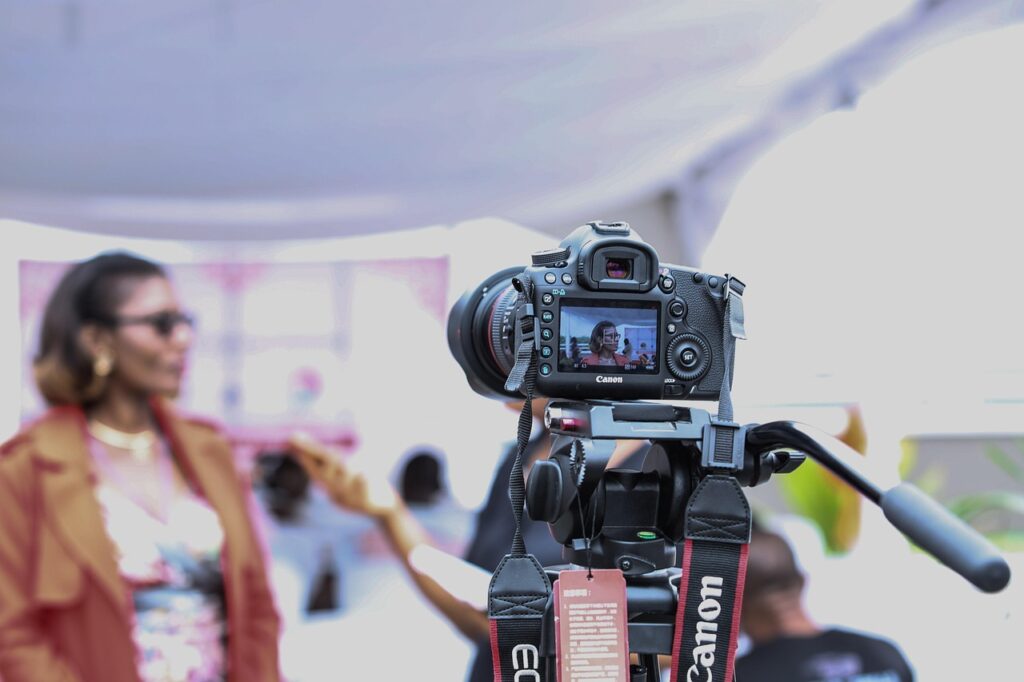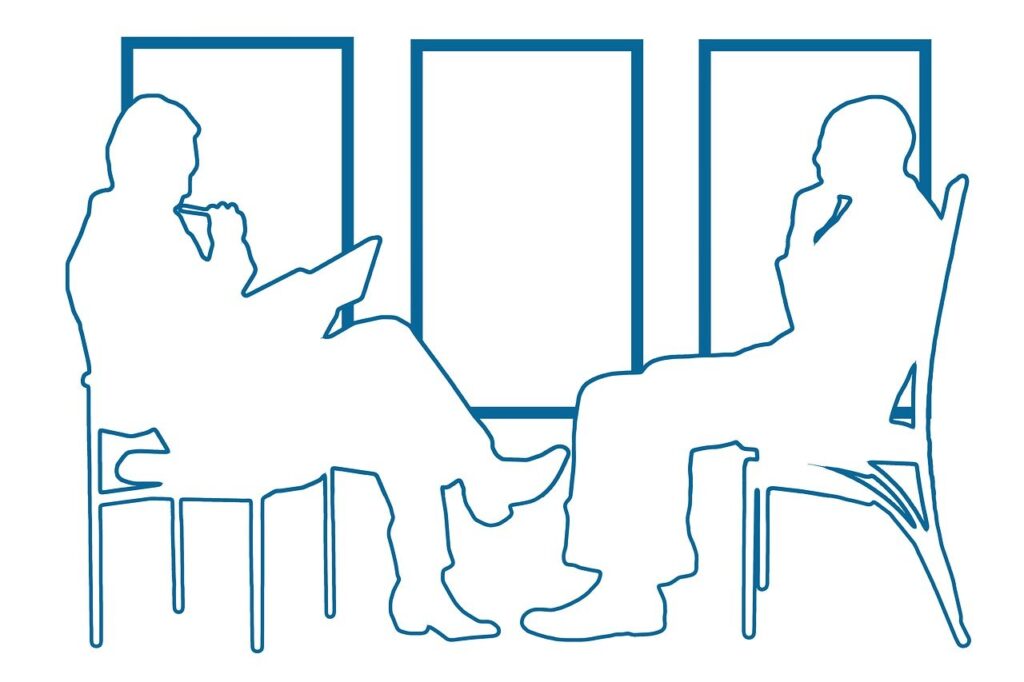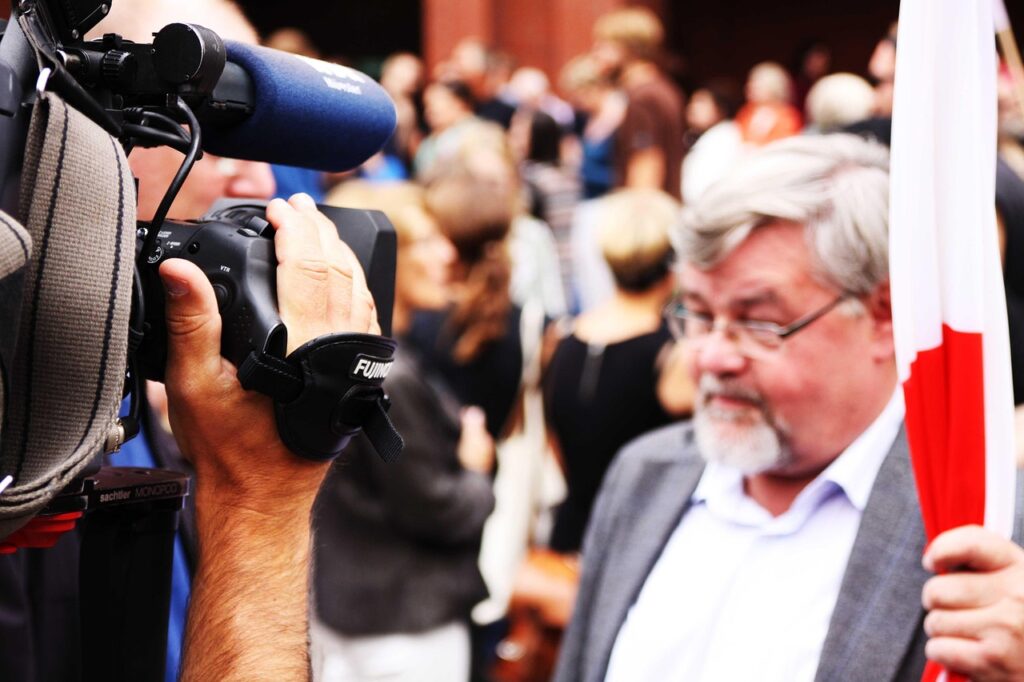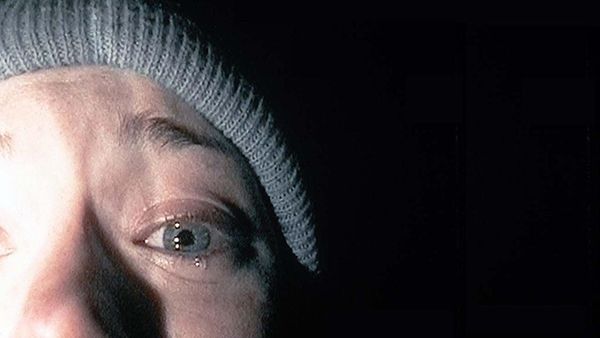In the high-stakes environment of an interview, the ability to discern truth from fabrication is an invaluable skill. Whether you’re a seasoned hiring manager, a team leader, or simply someone looking to build a more trustworthy team, understanding the subtle art of deception detection can empower you significantly. While we all wish for a magic wand to instantly reveal a liar, the reality is far more nuanced, relying instead on keen observation and a methodical approach to human behavior. This article will equip you with practical insights into nonverbal cues that can signal dishonesty, moving beyond common myths to give you actionable steps.
For too long, popular belief and even some professional training have fixated on stereotypical signs of nervousness, like gaze aversion or excessive fidgeting, as definitive proof of lying. However, cutting-edge research consistently debunks these simplistic notions. In fact, studies show that liars often do not display more nervous behaviors than truth tellers; there’s typically no difference in gaze aversion, and paradoxically, liars may make *fewer* movements. This happens because liars often actively try to suppress suspicious behaviors and because lying demands significant mental effort, which can naturally reduce physical movements, as all energy is channeled to the brain.
So, if the old rules don’t apply, how *do* you spot someone who isn’t being entirely forthcoming? The key lies in understanding that nonverbal cues, while faint and unreliable in isolation, become powerful indicators when observed in clusters and against an individual’s normal behavior. This comprehensive guide will walk you through twelve distinct nonverbal cues, providing you with a fresh perspective and practical techniques to enhance your ability to detect potential deception, especially in crucial interview settings. We’ll start by exploring the first six fundamental nonverbal indicators that can give you a significant edge.

1. **Eye Contact Irregularities**One of the most enduring myths about lie detection is that liars steadfastly avoid eye contact. While this can sometimes be a sign of discomfort, the reality is far more complex and often contradictory. Some individuals, particularly those consciously attempting to appear truthful, may actually overcompensate by making *too much* eye contact, staring intently to convince you of their sincerity. This exaggerated gaze can feel unnatural and might be a stronger red flag than avoidance.
Beyond simple avoidance or excess, what you’re truly looking for are *deviations* from a person’s typical eye movements. If someone usually maintains a comfortable, natural gaze during conversation, then rapid shifts in their eyes, prolonged avoidance when they’d normally look at you, or eye movements that seem disconnected from their speech can be highly revealing. It’s not about a universal ‘liar’s gaze,’ but about an individual’s personal ‘tell.’
Moreover, the direction of eye movement can sometimes offer clues, though this isn’t a foolproof formula. As one expert notes, “People tend to look up to the right to visualize or create a new response or down to the right to create the sounds of a new response.” Conversely, “We recall information that occurred in the past by looking up to the left or down to the left.” While not a definitive sign of lying, observing consistent shifts towards ‘creative’ eye movements when discussing past experiences could subtly suggest the construction of a narrative rather than genuine recall.
Read more about: The Sony Pictures Email Leak: Unveiling Internal Strife, Corporate Misconduct, and Hollywood’s Unseen Challenges
2. **Microexpressions**Microexpressions are among the most fascinating and telling nonverbal cues, offering a fleeting glimpse into a person’s true emotional state. These are involuntary facial expressions that last for only a fraction of a second, often as brief as one-tenth of a second. They are a natural, instantaneous reaction to an internal emotion, surfacing before an individual has time to consciously control or mask their feelings.
Psychologist and author Paul Ekman, a leading expert in this field, explains their significance: “When people try to conceal how they’re feeling, the expression is reduced in time from a few seconds to a fraction of a second—one-tenth of a second—so brief you can miss it if you blink.” While most people don’t consciously recognize these rapid flashes of emotion, with practice, you can learn to spot them, giving you a powerful advantage in understanding what someone is truly experiencing.
Common microexpressions associated with potential deception or underlying discomfort include flashes of fear, anger, contempt, or sadness. These expressions might contradict the spoken words or the overall demeanor an individual is trying to project. For example, a candidate might be confidently describing their achievements while a split-second microexpression of fear or anxiety crosses their face, signaling an internal incongruence.
3. **Non-Congruent Gestures or Behaviors**One of the most reliable indicators of potential deception occurs when there’s a clear mismatch between a person’s verbal communication and their nonverbal cues. Our bodies often communicate truths that our words attempt to conceal. When what someone *says* doesn’t align with what their *body does*, it creates an emotional incongruence that your subconscious mind is likely to pick up on, even if you can’t articulate it immediately.
Consider a job candidate who is verbally expressing great enthusiasm for a role, yet their arms are tightly crossed in front of their chest, their posture is rigid, and their shoulders are slightly raised. While their words convey excitement, their body language signals defensiveness, discomfort, or being closed off. This discrepancy between the enthusiastic verbal message and the guarded nonverbal presentation is a significant red flag that warrants further attention.
Another classic example of non-congruent behavior is a masking smile. A genuine smile engages the entire face—the eyes light up, the forehead wrinkles, and the cheek muscles rise, creating crinkles around the eyes and mouth. A masking smile, however, often involves only the corners of the mouth turning up, with the rest of the face remaining expressionless. When a candidate smiles while discussing a distressing topic or expressing remorse, and only their mouth moves, it suggests a superficial or manufactured emotion rather than authentic feeling.
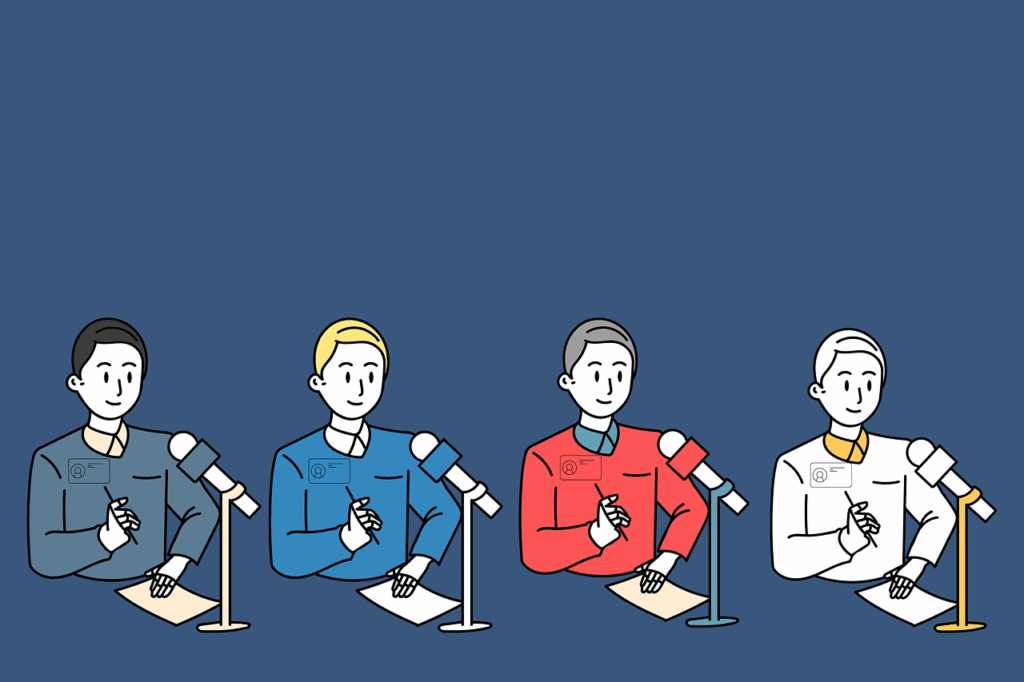
4. **Excessive Fidgeting and Adaptors**While the general public often associates fidgeting directly with lying, research presents a more nuanced picture. It’s a common response to anxiety, and given that lying often induces stress and nervousness, some individuals may indeed exhibit increased fidgeting. However, it’s crucial to understand the context and the *type* of fidgeting, as liars can also make *fewer* movements due to mental effort or conscious suppression.
When we talk about excessive fidgeting as a cue for potential deceit, we’re often looking for unconscious “adaptors”—self-touching behaviors or object manipulations. As one expert notes, “If you lie spontaneously in the moment you will tend to spend more time gesturing with your hands and using adaptors, such as scratching your body or playing with a pen than someone who is just nervous.” These actions can serve as a way to self-soothe or release nervous energy when fabricating information on the spot.
Furthermore, the physiological response to stress can play a role. “Stress can also indicate lying, and the emotion releases adrenaline. Adrenaline provides more energy to the limbs, which may result in fidgeting.” This surge of energy can manifest as restlessness, tapping fingers, shuffling feet, or repetitive movements. The key is to observe if these behaviors are out of character for the individual or if they cluster with other signs of discomfort during sensitive questions.
5. **Lack of Animation or Overly Controlled Behavior**Paradoxically, while some liars may fidget excessively, others, particularly those who have rehearsed their deceit, may exhibit a stark *lack* of animation, appearing overly stiff or still. Deception is fundamentally about concealing something, and experienced liars understand that the more they move or express themselves, the more potential ‘leaks’ of truth might occur. Therefore, they often attempt to control their nonverbal behavior to an unnatural degree.
This over-control can manifest in various ways: an inexpressive face that seems frozen, a stiff upper body, or holding legs rigidly. This attempt to maintain composure can inadvertently make them appear robotic or unnatural, drawing suspicion. The individual might seem detached or unresponsive, even to emotionally charged questions, because they are channeling their mental energy into suppressing any revealing gestures or expressions.
The context provides a vivid example: “Gary Condit was coached to stay still in his television interview. So he kept his face inexpressive, his upper body stiff and his legs crossed. First, he looked frozen, and then when he couldn’t hold it any longer he leaked out aggression cues such as finger pointing grasping motions and sticking out his tongue.” This illustrates how an unnaturally controlled demeanor can eventually break down, revealing underlying stress. A normally animated person becoming a “monotone automatron” during a critical explanation should raise questions.
Read more about: Inside the Scrutiny: What the Jeff Bezos Yacht Search Reveals About Celebrity Wealth and Global Regulations
6. **Hiding Hands**Our hands are powerful communicators, often reflecting our inner thoughts and emotions more openly than we realize. They are symbolically linked to sincerity and openness, much like offering an open palm as a sign of trust. Because of this deep-seated association, liars often unconsciously try to keep their hands hidden or still, as if attempting to conceal the ‘truth in their palms.’
Observe if a candidate consistently keeps their hands out of sight: tucked away in pockets, clasped tightly together, or held behind their back. These behaviors can signal a desire to withdraw, conceal information, or create a barrier. When engaging in an interaction, particularly one where honesty is crucial, we instinctively expect to see the hands. An absence or concealment of hands can trigger a subconscious feeling of unease or distrust in the observer.
This cue ties into the broader concept of ‘openness.’ “To spot liars — look to see if the hands are open and ‘above board.'” While simple nervousness can also lead to hidden hands, when combined with other nonverbal indicators, it becomes a more significant cue. The instinctive act of a handshake, for example, relies on “palm to palm contact” as a fundamental sign of trust; its absence can make customers feel uncomfortable and question sincerity. Paying attention to these subtle hand movements, or lack thereof, can reveal much about a person’s comfort level with the truth.”
Navigating the complexities of human communication during an interview requires a keen eye for subtle shifts, especially when assessing truthfulness. Beyond the initial set of cues, there are further nonverbal indicators that can provide invaluable insights into a candidate’s sincerity. Remember, the goal isn’t to make snap judgments, but to gather information and identify patterns that warrant deeper exploration.
Read more about: The Life-Saving Power of Your Annual Exam: What Doctors Look for at Every Age

7. **Covering Mouth or Eyes**Our hands often act as unconscious filters, revealing a desire to conceal information or even block the truth from escaping. Psychologists have observed that some individuals, when being less than forthright, may instinctively bring their hands to their mouth or eyes. These are not typically conscious acts, but rather automatic gestures driven by an underlying sense of discomfort or an attempt to literally ‘cover up’ what is being said or felt.
Think of it as a subconscious mechanism. When someone covers their mouth while speaking, it can metaphorically represent a desire to stop words from coming out or to prevent themselves from saying something they shouldn’t. Similarly, covering the eyes, even briefly, might be an attempt to ‘not see’ the impact of their deception or to block out a potentially uncomfortable truth.
Observing these gestures in an interview setting is crucial, especially when a candidate is discussing a sensitive topic or responding to a challenging question. If a typically open and expressive individual suddenly starts touching their face or covering their mouth, it’s a potential signal that their internal state is incongruent with the message they are attempting to convey. These subtle ‘self-soothing’ behaviors can be significant tells.
Read more about: Listen Up: 14 Critical Signs Your Body Is Quietly Signaling Nutrient Deficiencies
8. **Creating Barriers / Closed Body Posture**Our bodies have an innate language, and how we position ourselves can reveal volumes about our comfort and openness. Experts refer to “windows all over the body”—areas like the chest, neck, and even feet—that, when ‘closed off,’ signal a desire to hide feelings or truths. This isn’t just about crossing arms; it encompasses a broader range of barrier-creating behaviors that subtly communicate a lack of openness.
These physical barriers can manifest in various ways during an interview. A candidate might fold their arms tightly across their chest, turn their torso slightly away from you even while maintaining eye contact, or even use objects like a purse or portfolio to create a physical separation. The underlying message is often one of withdrawal, defensiveness, or a reluctance to fully engage and be transparent.
Consider how a “customer service rep’s” body turned toward the exit, despite their face being turned towards you, clearly communicates disinterest. In an interview, such actions can indicate a candidate is not fully invested in the conversation or is holding back information. It suggests a subconscious desire to protect themselves or distance themselves from the subject at hand, making it harder for genuine connection and communication to occur.
To effectively spot this cue, observe the overall body orientation and posture. If a person typically leans slightly forward and maintains an open stance, a sudden shift to a more closed, guarded position during specific questions can be a significant nonverbal signal. It’s about recognizing deviations from their established baseline behavior, which leads us to a more holistic assessment.
Read more about: A Bike, a Car, or Both? Unpacking Vigoz: CIXI’s 75-MPH Hybrid Trike Redefining Personal Transportation for Enthusiasts

9. **Withdrawn Demeanor / Lack of Openness**Genuine comfort and honesty often translate into an open, friendly, and receptive demeanor. When individuals feel at ease with themselves, the person they’re speaking with, and the topic at hand, their nonverbal communication tends to be inviting and engaging. Conversely, liars, who typically experience discomfort and a heightened sense of unease, tend to hold back and appear less friendly or withdrawn.
This withdrawn behavior can be subtle but impactful. It might manifest as a general stiffness, a lack of natural animation, or a hesitant responsiveness that doesn’t quite match the flow of a truthful conversation. They might seem less engaged, their expressions perhaps a little flatter, or their energy slightly diminished, as if conserving mental resources to maintain their fabricated narrative.
The challenge for strangers trying to deceive is that they often have to work harder to conceal the truth, leading to this more withdrawn and closed-off appearance. This contrasts with individuals who are being honest, or even friends lying to each other, who might maintain a more relaxed demeanor because of established trust or practice. In an interview, a candidate who seems overly reserved or unfriendly, particularly when discussing topics where enthusiasm or openness would be expected, might be signaling an underlying lack of comfort or sincerity.
Interviewers should look for a natural warmth and engagement. If a candidate’s overall demeanor feels distant or guarded, especially in moments where you expect them to be enthusiastic or candid, it warrants further attention. This isn’t about expecting effusive praise for the company, but rather an authentic level of comfort and genuine interest in the interaction.
10. **Overly Confident or Overacted Demeanor**While some individuals might become withdrawn or guarded when lying, others might swing to the opposite extreme, presenting an overly confident or even theatrical demeanor. This can be a conscious or subconscious attempt to overcompensate for internal insecurities about their fabricated story, pushing too hard to convince you of their sincerity. The nonverbal cues here often involve paralanguage – the vocal qualities accompanying speech.
This over-performance can manifest as an unnaturally smooth pitch, an overly enthusiastic tone, or a speaking rate that feels just a little too perfect or rehearsed. The context provides a telling example: a successful salesman who found more success when he “hemmed and hawed” and “stumbled over his words” rather than when he was “cocky and fake.” His awkwardness was perceived as sincere, while his overly confident persona was read as false.
Our subconscious minds are remarkably adept at detecting these subtle discrepancies. When someone’s nonverbal communication, particularly their paralanguage, deviates significantly from what is considered natural or normal, it can trigger an internal alarm. This isn’t about judging confidence itself, but identifying when confidence feels forced, manufactured, or excessively polished to the point of appearing inauthentic.
In an interview, listen not just to *what* the candidate says, but *how* they say it. Is their enthusiasm genuine, or does it feel like a performance? Do their vocal inflections and speaking pace align with a natural conversational flow, or do they seem exaggerated? Spotting a liar here means trusting your gut impression when something “doesn’t sound normal”—that subtle feeling that their presentation is just a little *too* perfect.

11. **Demeanor Incongruent with Circumstances**One of the most powerful nonverbal indicators of potential deception is when a person’s overall demeanor and emotional expression simply do not match the circumstances of the conversation. Our natural emotional responses are typically aligned with the context—for instance, discussing a difficult topic should elicit a different emotional tone than sharing a success story. A stark mismatch can signal a lack of genuine feeling.
Consider the example of Congressman Gary Condit during his television interview. Given the serious allegations against him, the expectation was that he would appear emotionally upset or embarrassed. Instead, he began the interview calmly and then became indignant. This unexpected demeanor was a significant red flag, indicating that his emotional display was not truly aligned with the gravity of the situation.
In the interview setting, this means paying close attention to a candidate’s emotional reactions. If they are discussing a past failure, a challenging situation, or a sensitive personal experience, their demeanor should reflect an appropriate level of somberness, introspection, or even vulnerability. Conversely, an overly casual, detached, or inappropriately cheerful response to a serious topic can raise questions about the authenticity of their narrative or their emotional intelligence.
This cue highlights the importance of observing emotional consistency. An interviewer expects an authentic range of human emotion that corresponds to the subject matter. When a candidate’s emotional “volume” or “tone” seems ofilter—too high, too low, or just plain inappropriate for the context—it suggests that they are not truly “in the moment” and may be performing a script rather than genuinely recalling or experiencing their story.

12. **Vocal Tone and Pitch Shifts**Beyond the content of their words, the way someone speaks—their vocal tone, pitch, and speech patterns—can be incredibly revealing. These elements of paralanguage are often unconscious and can betray nervousness, cognitive load, or an attempt to control information, making them potent nonverbal cues for detecting potential deception. Liars may struggle to maintain a consistent vocal delivery while simultaneously constructing a false narrative.
You might notice a distinct change in their speech patterns: a sudden increase in the pitch of their voice, a noticeable drop in tone, or even a tendency to stammer or hesitate more than usual. Some individuals might also speak faster than their normal pace, perhaps to rush through an uncomfortable truth or to get their fabricated story out quickly before they lose their nerve. Conversely, an unnaturally slow or overly deliberate speech can also signal an attempt to carefully control each word.
These vocal shifts often arise from the physiological stress associated with lying. The adrenaline released due to stress can tense vocal cords, leading to a higher pitch, or disrupt the natural flow of speech. The mental effort required to fabricate information can also cause hesitations as the liar struggles to recall or invent details, or a decrease in movement including vocal control.
To effectively utilize this cue, establish a baseline for the candidate’s normal speaking voice early in the interview. Then, pay close attention to any deviations when sensitive or challenging questions are posed. A marked change in vocal tone or an increase in speech irregularities during such moments can serve as a strong indicator of underlying discomfort or potential deception. This is where active listening, a crucial aspect of information gathering, becomes intrinsically linked to observing nonverbal cues.
**Piecing It All Together: The Power of Clusters and Context**
It’s vital to reiterate that no single nonverbal cue is a definitive sign of lying. Human behavior is complex, and individuals react differently under pressure. The true power in lie detection lies not in identifying one isolated signal, but in recognizing *clusters* of behaviors—two or more nonverbal gestures that collectively signify distress or incongruence. For instance, if a candidate is answering a question about a past mistake, and you observe them covering their mouth, their body language shifts to a closed posture, and their voice noticeably rises in pitch, these clustered cues offer a much stronger signal than any single action alone.
Furthermore, always consider the *context* of the situation. High-stakes interviews, by their very nature, can induce nervousness in even the most truthful individuals. It’s crucial to differentiate between general interview jitters and behaviors that specifically arise when discussing sensitive or potentially deceptive information. Establish a behavioral baseline early in the interview by asking neutral questions that encourage candid, low-stress responses. This baseline allows you to identify *deviations* from their typical behavior when more probing questions are asked, offering a more accurate assessment.
Read more about: Beyond the Sound Barrier: An Exclusive Look Inside Concorde’s Legendary Luxury and Engineering Marvels
Remember, detecting deception is less about playing detective and more about becoming a skilled observer and critical thinker. These nonverbal cues are tools to help you identify moments of discomfort, incongruence, or potential evasion, prompting you to ask more precise follow-up questions. Your observations should serve as a basis for further inquiry and investigation, empowering you to build a more trusting and effective team. By honing your ability to ‘read’ the unspoken language, you gain a significant advantage in the quest for truth in any professional setting.

